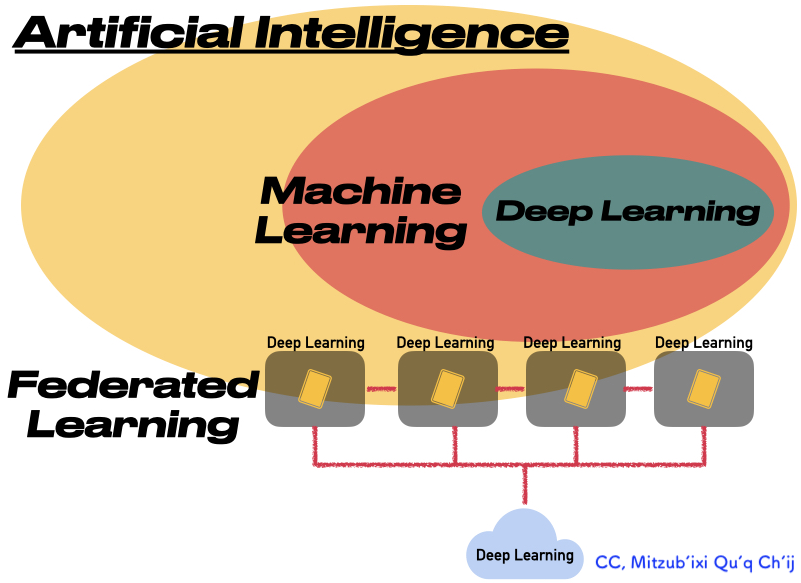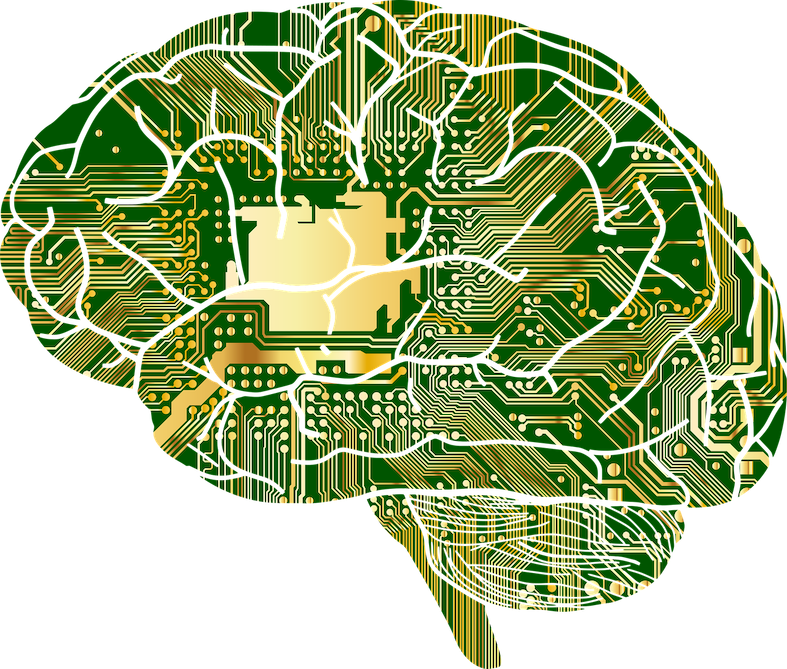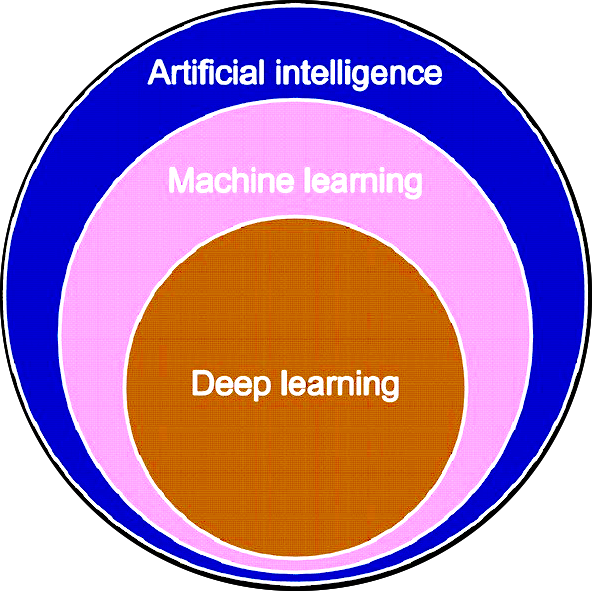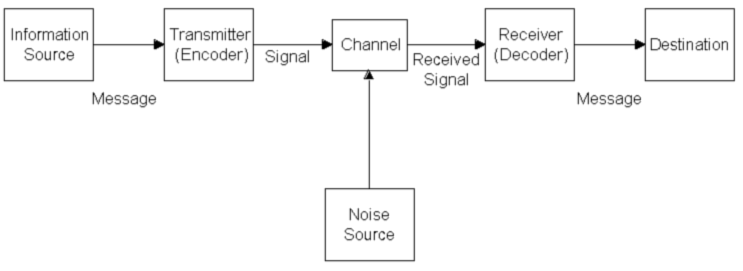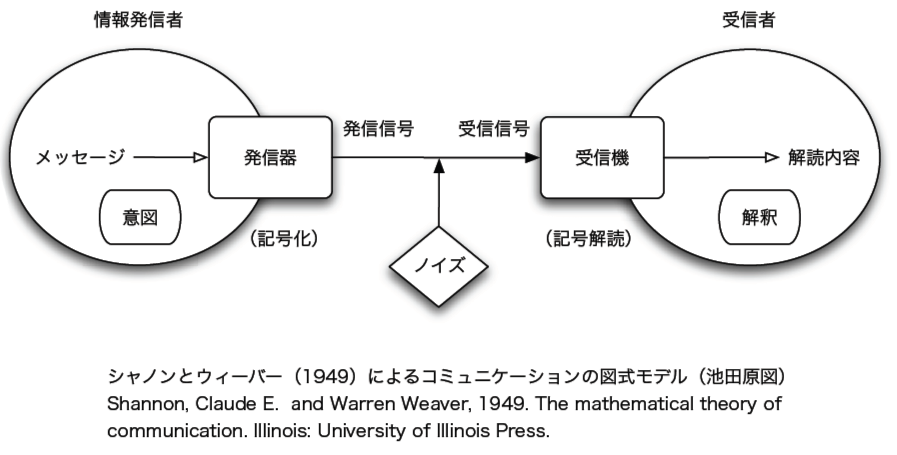|
【シンギュラリティを最初に予言したのはコン
ピューティングの父フォン・ノイマンである】
シンギュラリティをレイ・カーツワイル(Ray Kurzweil,
1948-
)[別項のパラグラフ参照]で表象するのは、AI思想の歴史を考えるときに根本的に誤解(=misrepreseuntation)を引き起こす。英国の
数学者、アーヴィング・ジョン・グッド(アイ・ジェイ= I. Jey,
"Jack")(1916-2009)が1965年に書いた論文のなかに、「超高性能マシン」こそが人類の生き残りにかかると託宣めいた論文に書いたこと
がきっかけである。実際にグッドは、2001, Space Odyssey (1968)
にコンサルタントとして関わっていた。科学とSFが出会う場所が、ボブ・グッチョーネ創刊による雑誌『オムニ』(Omni,
1978-1995)である。この雑誌において、SF作家、ヴァーナー・ヴィンジが、シンギュラリティ(特異点)と、グッドがいう、計算機による知能爆発
を、こう呼んだのである。しかし、人口に膾炙した、この特異点のまえに、さらに重要なことがあることを私たちは忘れてはいけない。電子計算機(コンピュー
タ)の父[=ノイマン型コンピュータ思想の父と呼ぶべきか]、フォン・ノイマン(Neumann Jáno; John von Neumann,
Margittai Neumann János Lajos, Johannes Ludwig von Neumann,
1903-1957)こそが、その用語をつかって、予言めいた発言をしていたのである。
ジョン・フォン・ノイマンは、同僚であったスタニスラウ・ウラム(Stanislaw Ulam,
1909-1984)
とかつて話している時に、人類は根本的な「シンギュラリティ」に達しており、その後の人間の世は永遠に変わってしまうと予言めいて話し手いたという。
(Ulam, S., 1958. John von Neumann, Bulletin of the American
Mathematical Society 64(3, Part.2):1-49.)
■"Quite aware that the criteria of
value in mathematical work
are, to some extent, purely aesthetic, he once expressed an
apprehension that the values put on abstract scientific achievement in
our present civilization might diminish: "The interests of humanity may
change, the present curiosities in science may cease, and entirely
different things may occupy the human mind in the future." One
conversation centered on the ever accelerating progress of technology
and changes in the mode of human life, which gives the appearance of
approaching some essential singularity
in the history of the race beyond which human affairs, as we know them,
could not continue" (Ulam, 1958:5).
【カーツワイル批判】
シンギュラリティ=技術的特異点(Technological
Singularity,
Singularity)という用語は「レイ・カーツワイル(Ray Kurzweil, 1948- )
によれば、「100兆の極端に遅い結合(シナプス)しかない人間の脳の限界を、人間と機械が統合された文明によって超越する」瞬間」が訪れるという、技術
論的終末論のことである。カーツワイルは、この終末論を展開するにあたり、人類のテクノロジーやコンピュータチップの計算効率の進化などを博引旁証して、
仔細に検討しているために、なぜ100兆という情報のノードが脳のシナプス結合と類推されるのか、また、それよりも低次の(例えば原索動物やイカなどの人
間よりも低次の)シナプス結合の総量しかもたない動物のふるまいを完全に模倣できるのかという議論などをしておらず、あくまでもシナプス結合が思考を構成
するという「シナプス結合総計中心主義」であることがわかる。そのため、カーツワイル氏には、全地球システムのICTがシンギュラリティを超えて、全地球
システムがはたして、我々と同じように「思考」しているかどうかということについては、我々は相変わらずシナプスレベル(=デカルトの確信レベルとしての「機械の中の幽霊」)でしか
「把握」できないというジレンマを抱えることを御存知ないわけである。さらに、人間とICT端末のハリブリッドな利用、つまりサイボーグ化により、我々は
すでにシンギュラリティを超えて、すでに人間=機械状態(ドゥルーズとガタリの用語)になっていることは「ただ、単に知らない」だけなのかもしれない。
【シンギュラリティ到来に関する相対主義的な新仮説】
計算効率が大脳のそれを凌駕する条件をシンギュラリティと呼ぶ。その時点は計
算量の進歩だけで予言されてきた。しかし人間とりわけ学生の短
絡思考化=馬鹿化により前倒しになる点を、従来のシンギュラリティは考慮に入れなかった。ゆえにこれは理論計算上の誤りであった。以上QED
|
